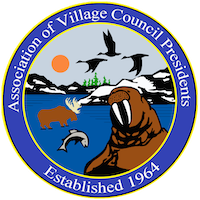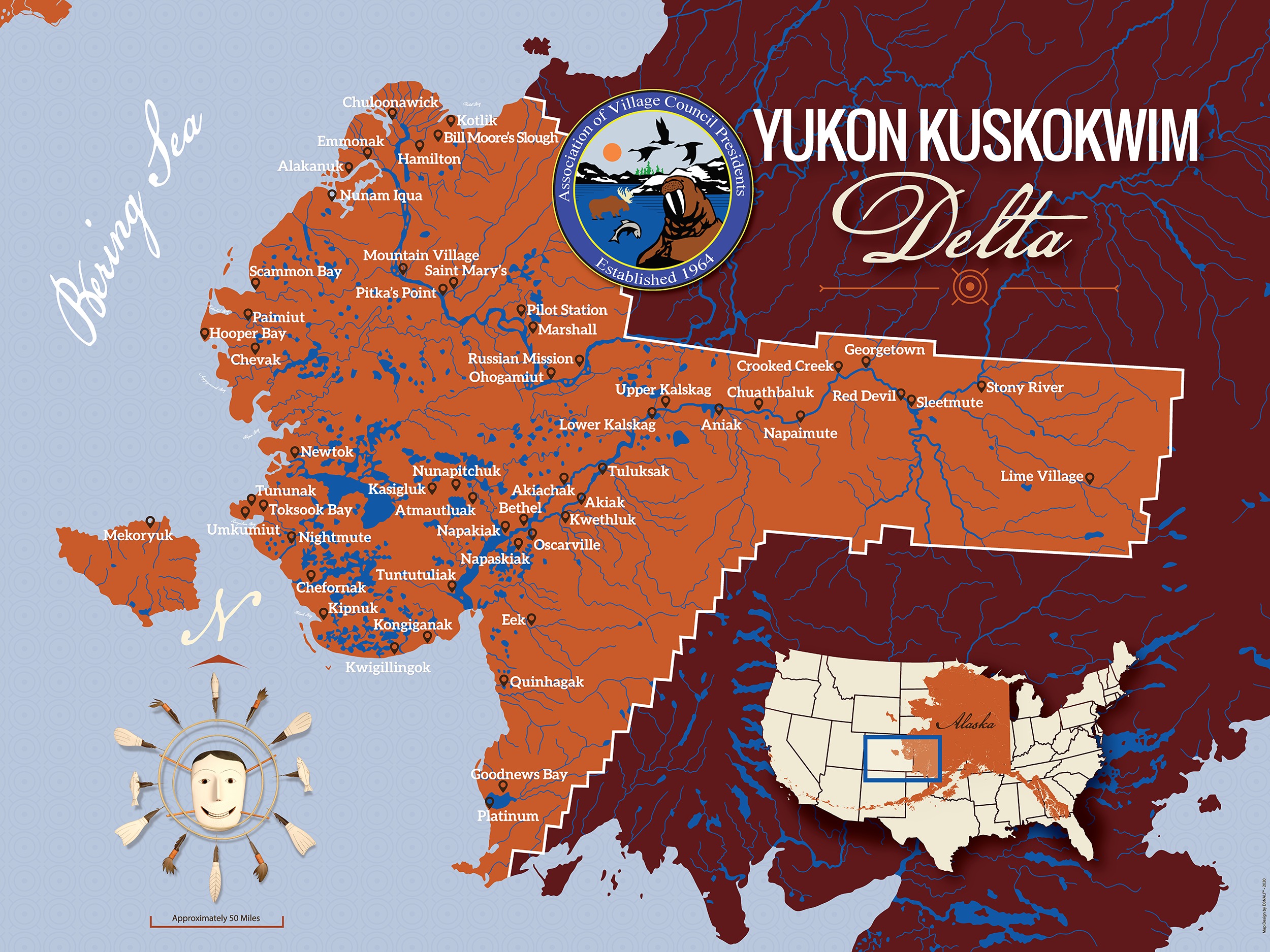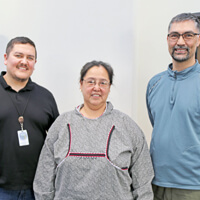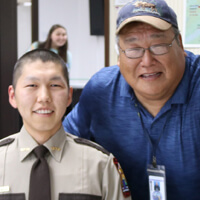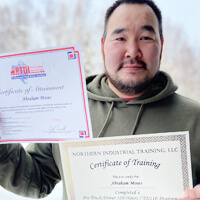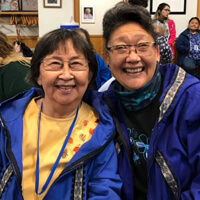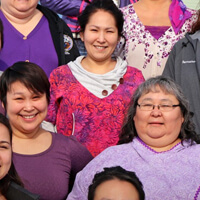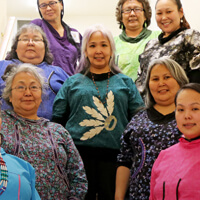
Our region is known as the Yukon Kuskokwim Delta (the “YK Delta”), named after two very large rivers: the Yukon River and the Kuskokwim River.
These rivers are an important resource. They provide both connectivity between our communities and invaluable natural resources.
Our 56 member tribes are spread across 48 communities and two U.S. census areas: the Bethel Census Area and the Kusilvak Census Area (formerly the Wade Hampton Census Area).
Most of our communities are either located along either the Yukon or the Kuskokwim Rivers or along the coast. All 48 communities are accessible via air, snowmachine, and boats. We are not connected to eachother or the rest of Alaska by road.
We call some of our communities “hubs.” Hub communities are a little larger than their surrounding communities and their runways allow for large jets to land. The regional hub (the YK Delta hub) is Bethel, Alaska. Bethel is located approximately 400 miles west of Anchorage. Other hub communities include Aniak, St. Mary’s, Emmonak and Hooper Bay.
For the purposes of economic development planning, the YK Comprehensive Economic Development Strategy (CEDS), collaborators divided the region into four sub-regions.
- Coastal
- Lower Kuskokwim
- Lower Yukon
- Middle Kuskokwim

The Regional Cultures
In Alaska, the Yup’ik, Cup’ik and Athabascan cultures and values are a part of our daily lives. We still speak our original languages and practice a subsistence lifestyle.
- Most of our communities originated from traditional hunting areas or fish camps.
- English is often taught as a second language in our communities.
- The Yup’ik culture represents the largest ethnic population in Southwest Alaska.
- Half of our people are under the age of 21. We are a growing, and investing much of our efforts in our children’s futures, starting in pre-kindergarten, and on through adult education and training.
Traditional Fish Camp
A traditional fish camp is a place where extended family and friends gather, every summer. Elders, adults and youth work side by side to gather, to process and store fish, berries, and other food, while passing down cultural knowledge.
Regional History

The Regional Economy
The first economic development in the region began in the early 1900s with the onset of mining operations. Over the past 100 years, the economy has evolved from one of total subsistence to a combination cash economy. Hunting and fishing remain vital to our economies.

